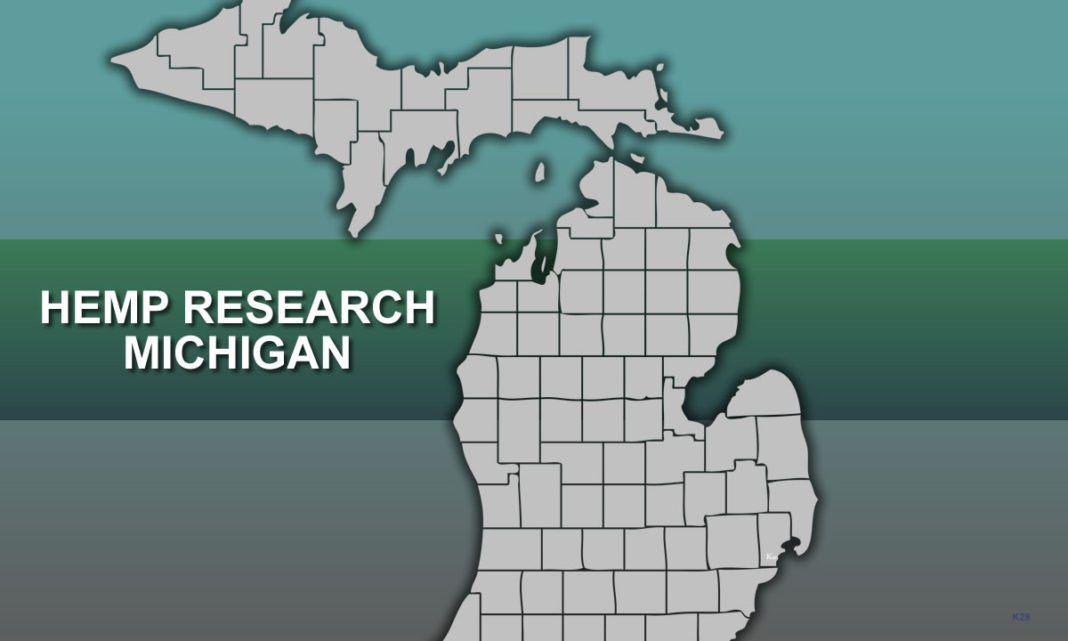In January 2015, Michigan Governor Rick Snyder signed Public Acts 547 and 548 of 2014, removing “industrial hemp” from the state’s legal definition of marijuana and authorizing industrial hemp research by the Michigan Department of Agriculture and Rural Development (MDARD) and Michigan universities. The 2014 Farm Bill included conservative language in Sec. 7606, opening the door for such regulated research on the ancient fiber crop, though commercial cultivation remains illegal at the federal level. Michigan joins at least 10 other states that have passed similar legislation.
Hemp, a strain of cannabis sativa, is nothing new. It has been cultivated for at least 6,000 years in Asia for fiber and food. It was especially familiar to history’s mariners whose sails were often canvas, a material once made of, and named after, cannabis. The puritans brought hemp to New England as a source of fiber. It is also often noted that both George Washington and Thomas Jefferson grew hemp for use in paper.
Legal cultivation of industrial hemp as a legitimate crop was first eroded by its association with psychoactive marijuana and the Marihuana Tax Act of 1937, which effectively outlawed sales of all cannabis through aggressive taxation. The federal government did authorize cultivation of approximately 400,000 acres of hemp in the United States during the period of 1942-1945 when other sources of natural fiber were threatened by World War II. Yet, by 1957, hemp was swept from America’s agricultural landscape by increasing regulation and synthetic fibers became the standard in many industries.
In the past, hemp grown for fiber and seed likely produced varying levels of THC, the primary psychoactive substance in marijuana. However, modern plant breeding allows industrial hemp to be clearly defined as cannabis with less than 0.3 percent THC, while medical marijuana contains 5-30 percent THC. Ingesting industrial hemp products does not produce psychoactive effects, thus removing the risk of abuse.
Canadian agriculture went through a similar process of industrial hemp deregulation beginning in 1994 with public research. Commercial cultivation was first authorized there in 1998. Today, Canadian production of industrial hemp has grown to nearly 90,000 acres. The United States could likely duplicate Canada’s success, but not without some growing pains. Agriculture and industry became unfamiliar with hemp production and its potential uses during prohibition, meaning that significant redevelopment will be required at all levels of the value chain to support this potential industry.
Growers north of the border have also learned that, although hemp is known as a fiber crop, hemp seed is currently more valuable than the fiber. This is primarily due to growing demand for hemp seed oil, which is touted for the nutritional value of its balanced omega fatty acid profile. Hemp seed and oil are incorporated in trendy health food, neutraceuticals and cosmetics. The fibrous stems can be used to create a wide range of lower value industrial products from paper to insulation and packaging. An industrial hemp crop harvested for seed and fiber can be competitive with traditional field crops, producing average net returns of $200-$400 per acre.
Research approved and hopefully funded by new U.S. legislation will help producers breed better hemp varieties and improve production practices to bring this once popular crop back from obscurity. Researchers at Michigan State University are awaiting detailed guidance from regulators at the state and federal levels before beginning any active research with industrial hemp. Michigan State University Extension reminds growers that commercial production of industrial hemp remains illegal in the United States, for the time being.
References
- House Bill 5439, Public Act 547 of 2014, Michigan Legislature
- House Bill 5440, Public Act 547 of 2014, Michigan Legislature
- Industrial Hemp in the United States: Status and Market Potential, Agricultural Economic Report No. (AGES-001E) 43 pp, January 200
This article was published by Michigan State University Extension. For more information, visit http://www.msue.msu.edu.























